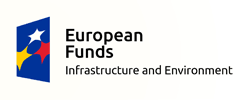Project effects
Church of Annunciation to the Blessed Virgin Mary – Popowo Kościelne
CONSERVATION WORKS OF THE MAIN ALTAR IN THE CHURCH IN POPOWO KOŚCIELNE
The main altar was made in the baroque style around 1629. The surface of the altar was covered in dust which in part penetrated the outer surface of the overpaint layer and varnish, causing the object to turn grey and dark.


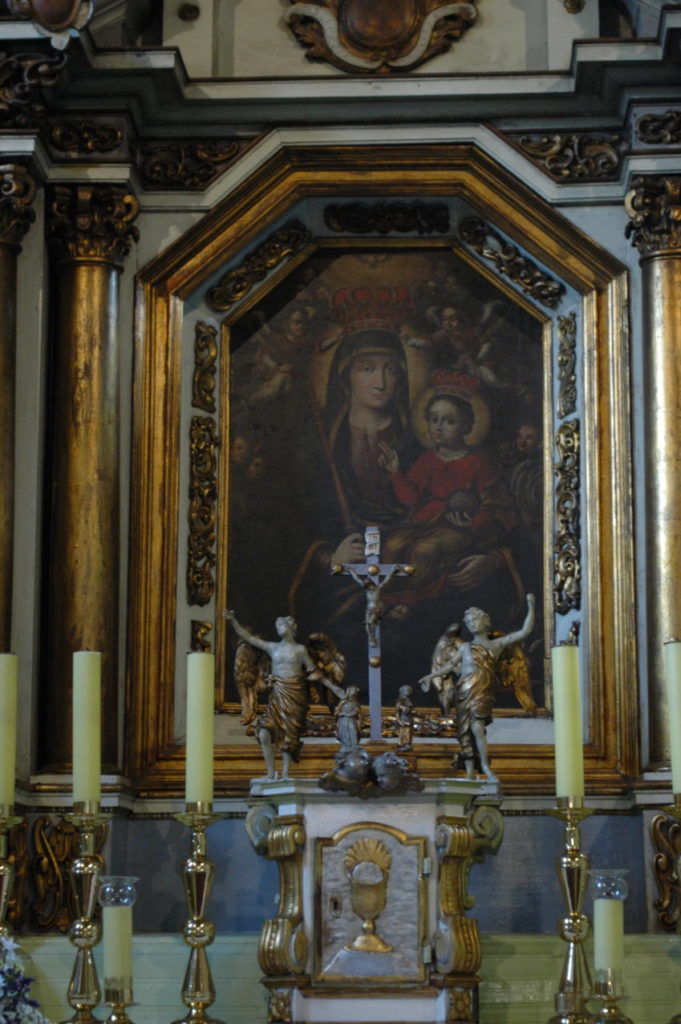
Altar wood had been damaged and deformed due to humidity. Cracks between planks, caused by shortening of fibres, are visible in the mensa. Another thing which weakened wood integrity were insects, whose outlets can be seen on the whole surface of the altar. Every separation, damage or injury of wood had undergone many interventions in the past, which is clear from the temporary repairs which were limited to the repainting of the whole altar. The repainting was done without earlier filling of paint losses, thus the surface was uneven and had low aesthetic, artistic and technical values. Most of original gilding and slivering were done by a means of schlagmetal.

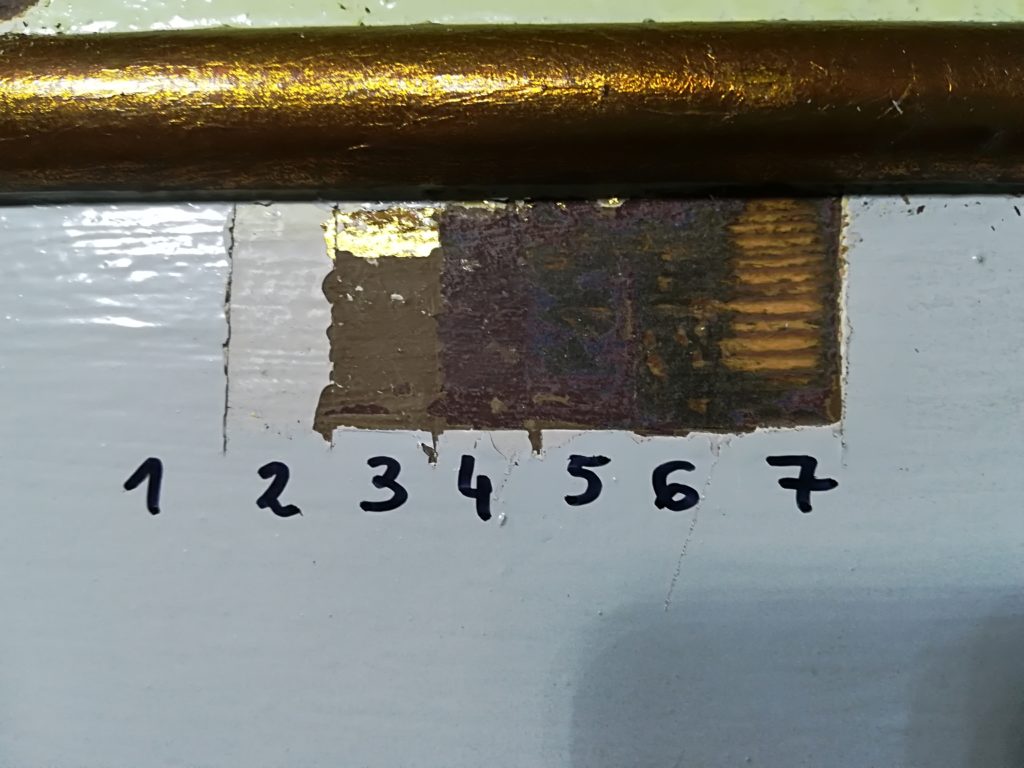

The sculptures were covered with two layers of oil overpainting and unoriginal gilding. Signs of xylophages’ foraging are visible on the reverse of the sculptures and their bottom parts.


The paining of the Mother of God with Child had been secondarily inlaid onto a new canvas, the stretchers were unchamfered and stationary. It was found that the original canvas had disconnected from the unoriginal, inlaid one. Air bubbles and creases were visible, the layer of paint was cracked, and small, bowl-shaped fragments indicated a tendency to peel off. The painting had been repainted in a few places, and varnished turned yellow.
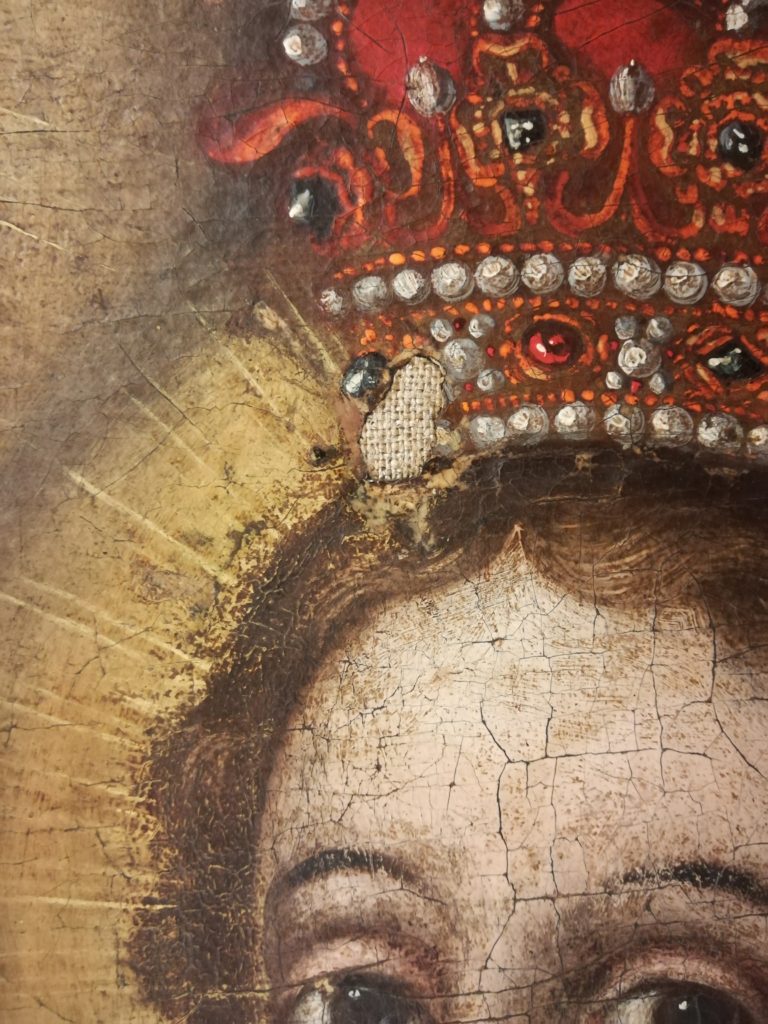


The painting of the Holy Trinity was painted on a board made from three planks, which had been slightly deformed due to wood work caused by unstable atmospheric conditions. Insect outlet openings are visible on the whole surface. The paint and mortar are cracked on the whole surface. The painting had been repainted in a few places, and varnished turned yellow.
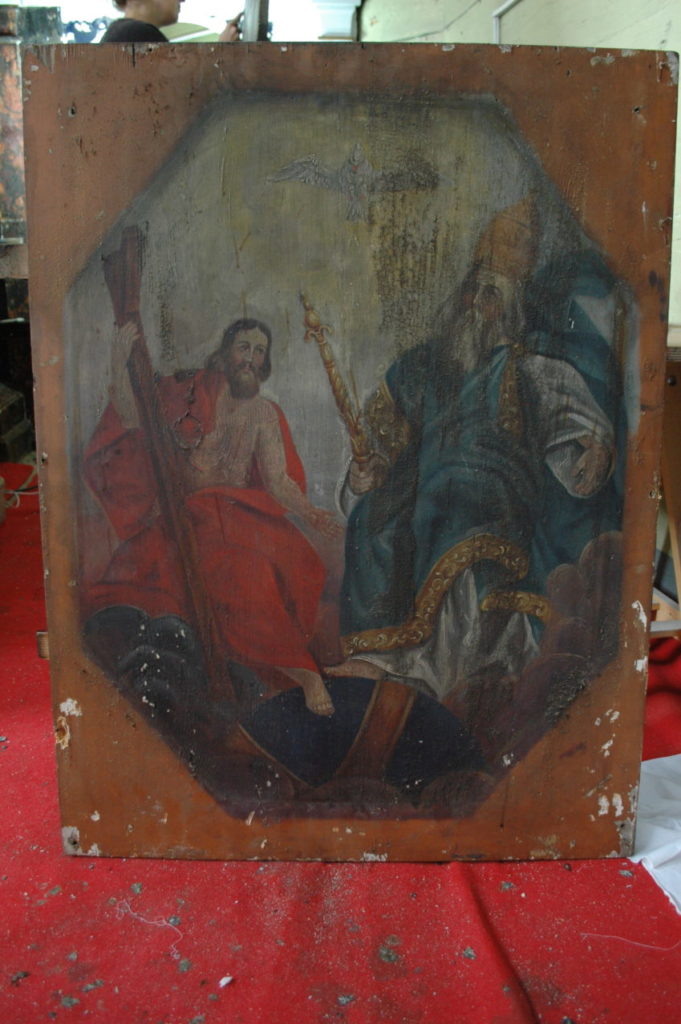

The aim of restoration is to prevent from further damage, to eradicate damages and to restore lost artistic and aesthetic values as accurately as possible.
The first stage of conservation works was photographic documentation, and then sculptures, decorative elements and painting were disassembled. During conservation, when the oil painting of Our Lady of the Rosary was taken off its bolt, the original painting of the same subject matter painted directly on the wooden construction, was discovered.



Next, stratigraphic tests were conducted and samples for chemical examination were taken. The architectural part of the altar was mechanically cleaned from surface dust, and then unoriginal layers of paint were removed. After tests, the overpainting was chemically removed, and a scalpel was used in some places.

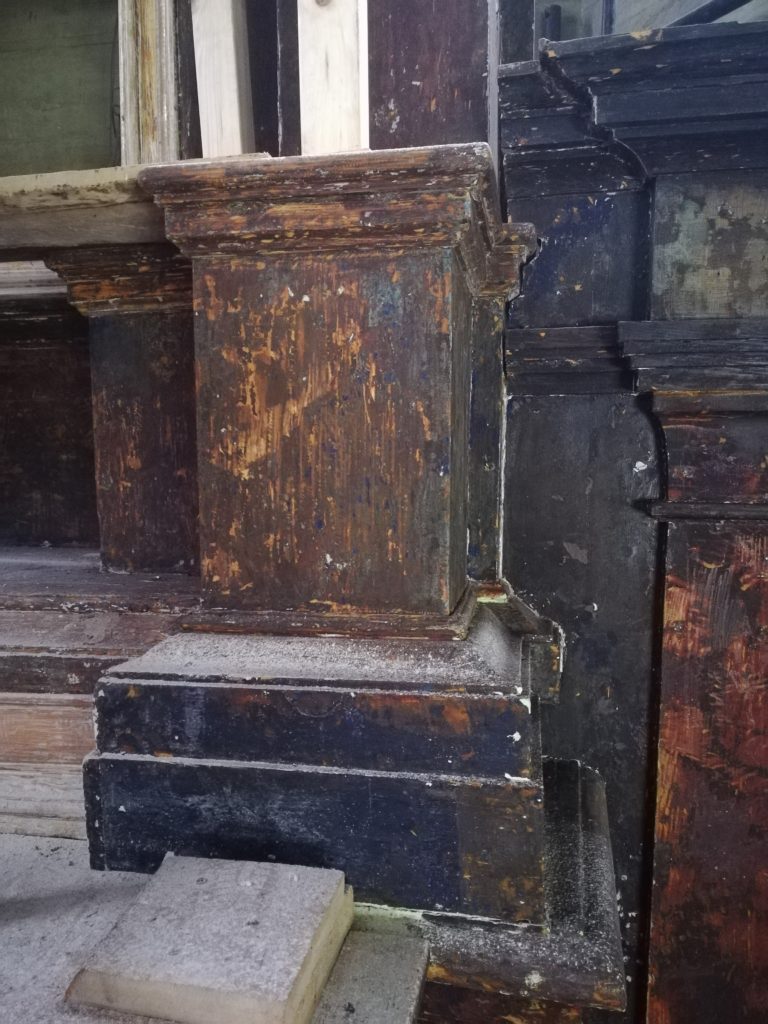
During the removal of overpaints, two oil paintings of St. Peter and St. Paul were unveiled on the doors of the altar. When all unoriginal overpaintings were removed, the primary layer of paint was secured with a retouch varnish. Then wood was impregnated with the use of jet grouting and polishing. The next stage involved the necessary carpentry works – cracked elements were glued, and the most damaged ones – replaced. Elements of ornamental decoration were reconstructed. All reconstructed elements were impregnated with an insecticide. The underlay for gilding and silvering was prepared, gilding was made of 23 and I karat gold leaf. Losses of paint were filled and reconstructed with water paints – gouache. Polychromy was secured with a finishing varnish.




The sculptures underwent the same process as altar elements. First, they were cleaned from surface contamination. Tests to remove the overpaint with chemical methods were conducted. Capillary rise and brushing methods were used for impregnation to strengthen wood. The whole object was covered with foil, and when solvent evaporated completely (around 3 weeks), the necessary carpentry works were done (cracked elements were glued, missing fragments were reconstructed). The sculptures were impregnated with a insecticide. Places where mortar losses occurred were prepared for gilding, rabbit-skin glue was spread, and then chalk-adhesive mortar was put, and later polished. 23 and I karat gold leaf was laid. Reconstruction of paint later was made with water paints – gouache.


The painting of the Mother of God with Child was preliminarily cleaned from surface contamination. Masking board at the back was removed, and the canvas was taken off its frames. The back of the painting was cleaned from surface contamination. The falling paint was secured. Guarding adhesive was removed. The paint layer was consolidated, the excess of adhesive was removed. Canvas was stretched. Overpaint and yellow varnish were removed. In some places canvas was repaired, patches were attached and tears glued. Losses of mortar were filled with emulsion putty and texture was refined. Guarding of the painting was performed, and next the texture of putty was refined. The painting was put on new movable and chamfered stretchers. Finishing varnish was used to secure the paint layer.


The painting of the Holy Trinity was taken to a renovation studio where it was placed in a special environmental chamber which imitated conditions similar to those in the church. The painting was firstly cleaned from surface contamination, unoriginal attempts of filling the losses of paint and the varnish were removed. Jet grouting was used for impregnation, wooden base of the painting was strengthened, with a special attention put to the places where signature and date are visible. Small losses of paint were filled with putty and their texture was refined. Retouching varnish was used to secure the layer of paint. Retouching of polychromy was done with acrylic paints. The whole painting was covered with finishing varnish. The last stage was attaching the paintings and sculptures to the altar and completing as-built documentation. The images of St. Peter and St. Paul from the doors of the altar and the image of Our Lady will be renovated at a later date.





